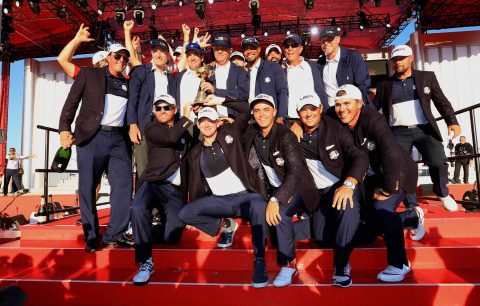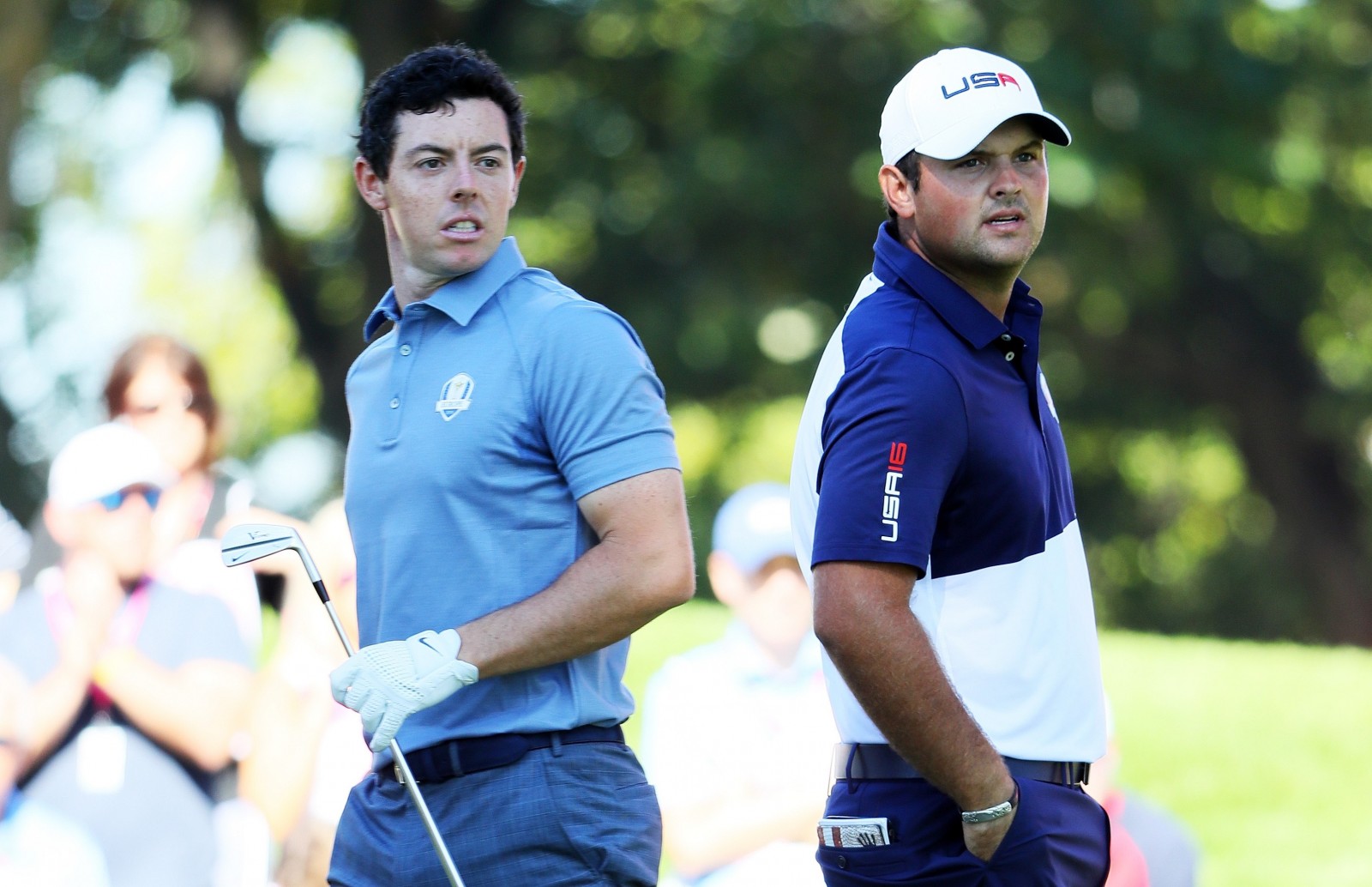
The Ryder Cup is one of those major sporting events that carry a rich and colourful tradition behind it.
On the surface, the idea of featuring 24 of the best, most talented golfers in the world is intriguing in its own right. Add to that the fact that the competition pits two continental powerhouses against each other in a team-based event, and we’ve got a perfect recipe for an exciting contest.
Of the 40 matches played throughout the history of the Ryder Cup, Team USA leads Team Europe by a whopping 27 to 13. However many golf fans deem this statistic misleading, because the continent only formed their team in 1979.
In the modern era, however, Europe proves to be the far superior club, bagging a total of 10 Ryder Cup events, losing eight, and only drawing once. All in all, despite the proverbial home course advantage of Team USA, Team Europe still looks to produce the best group of golfers more often than not. But if the recent Ryder Cup is any indication, it gives the impression that Team USA has started to reclaim lost glory.
During the start of the 2016 renewal, it instantly seemed like Team USA’s plan worked, sweeping the morning foursomes in impressive fashion. This momentum carried onto the next day, with the pairings of Holmes and Moore, Mickelson and Kuchar, and Reed and Spieth dominating their respective doubles matches. Sunday’s singles matches were basically the same, which led to Team USA marching to an impressive 17-11 victory.

Davis Love III led the pack for Team USA last year, with 10-time Ryder Cup veteran Phil Mickelson lending much-needed guidance to the likes of first-time competitors Brooks Koepka and Ryan Moore. There are also reliable sophomore golfers such as Patrick Reed, Brandt Snedeker, and, of course, Jordan Spieth.
Conspicuously absent from the team was Tiger Woods, who was at that time recuperating from injuries. Just a couple of months ago, the former world number one announced that he’d be back on tour after almost two years of absence. Plenty of media outlets covered the news in-depth and added their opinions to whether he could regain his form upon his return to golf. Play Your Course even published an article by Ren G that was made up entirely of memes questioning whether the return of one of golf’s most successful players was a good or bad thing for the sport.
Across the pond, the likes of Rory McIlroy, Danny Willett, and Henrik Stenson headlined Team Europe. But with a lack of experience lower down the rankings, Captain Darren Clarke was pressured into picking out of form Ryder Cup veterans Lee Westwood and Martin Kaymer, while young Belgian Thomas Pieters forced his way into the reckoning for a wildcard pick with a late win.
With the teams finalised, the Europeans seemed to lean towards age and experience, with an average players’ age of 31, while the Americans, on the flipside, had the balance of youthful exuberance and veteran smarts, or golfers with chips on their shoulders and had something to prove.
With the 2016 Ryder Cup now part of the record books, it’s time to look forward to next year’s event. With Jim Furyk and Thomas Bjorn safely installed as captains, and already both having tinkereed with their respective selection systems, attention will soon turn to the players themselves, and who will find their form at the right time to make a run for selection. It may be over a year and half away, but many pros will be looking towards Paris next September as a goal they must fulfill to cement their own legacy in the game.



